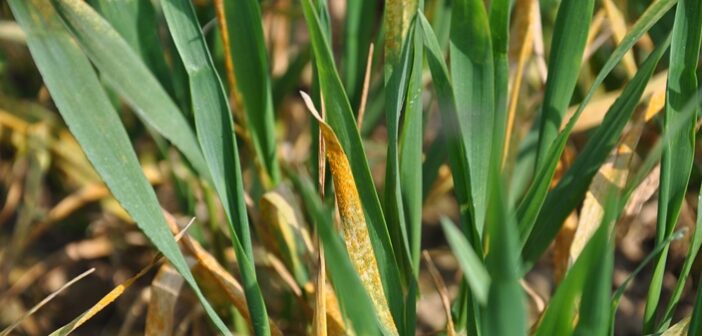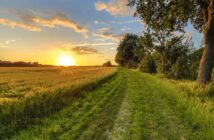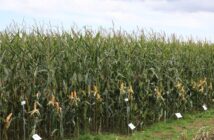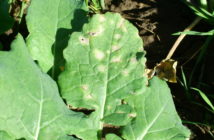Following numerous reports of yellow rust this season, many in varieties thought to be resilient or offering juvenile resistance, the AHDB says tests have confirmed the YR15 resistance gene has been overcome.
After several varieties were found to be carrying the disease at an RL site close to Sunderland, trial operators supplied samples from the site and Berwick-upon-Tweed for analysis by the AHDB-funded UK Cereal Pathogen Virulence Survey (UKCPVS).
The NIAB-led service confirmed that Yr15 had failed. Pathogen isolates from these samples not only infected a test variety known to carry the Yr15 resistance gene but went on to sporulate profusely.
Paul Gosling, who manages the RL at AHDB, said: “Following discussions with plant breeders, we suspected that an important yellow rust resistance gene – Yr15 – had potentially been overcome.
“We subsequently observed similar resistance-breakdown patterns more widely in RL trials, starting in southern Scotland before spreading down the eastern coast of England, down as far as East Anglia.”
NIAB-funded work also confirmed the presence of the Yr15 gene, using molecular markers, in several of the varieties impacted at the young-plant stage.
The initial tests prioritised testing of varieties with a strong level of adult plant stage resistance (disease rating 8 or 9), according to RL 2025/26. For example, this found that the Hard Group 4 varieties KWS Dawsum, LG Typhoon and Champion carry the Yr15 gene.
NIAB is currently testing a wider range of varieties, with further genetic screening also being done by the John Innes Centre in Norwich and the Global Rust Reference Centre in Denmark.
The Yr15 resistance gene, which was discovered in the 1980s, confers broad-spectrum resistance against genetically diverse yellow rust isolates (from a large worldwide collection of more than 3,000) and was an important line of defence.
Paul added: “Adult plant resistance has clearly taken a knock, but the full impact will depend on a myriad of other resistance genes, which vary from variety to variety. Some varieties appear to be fighting back, whereas others are recording unusually high disease levels. Although we have not seen the unusual symptoms towards the south or the west, it appears to be spreading fast. No doubt it will impact on variety choice and disease management across the UK next season.”
RL disease ratings are usually calculated from data sets of between three and five years. As there is evidence of a major change to the pathogen population, the data set will be limited to a single year (harvest 2025) for the disease rating calculations in the next RL edition (2026/27).
The AHDB is currently processing yellow rust data from its UK network of variety trials and will issue revised disease resistance information as soon as possible.




